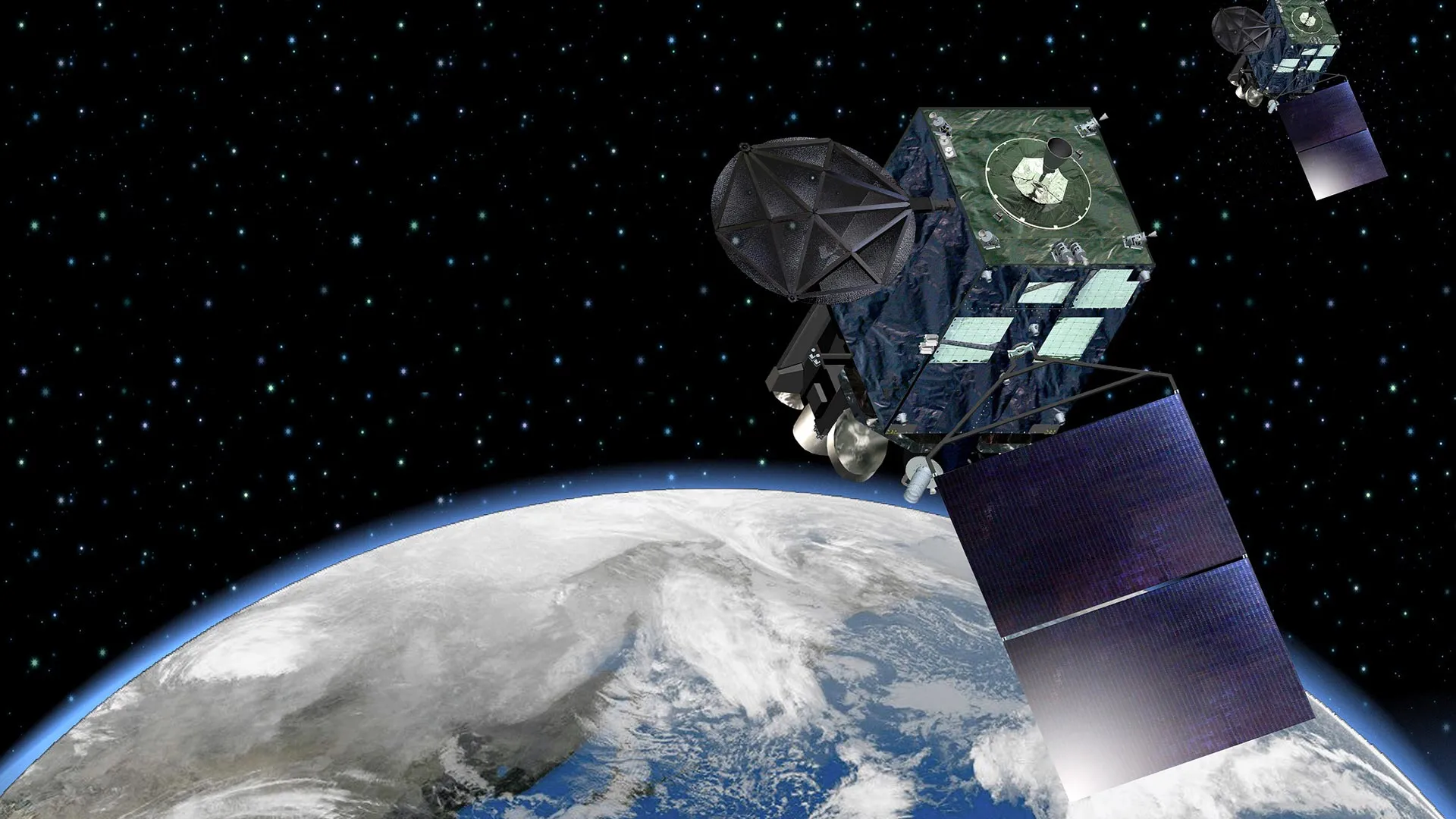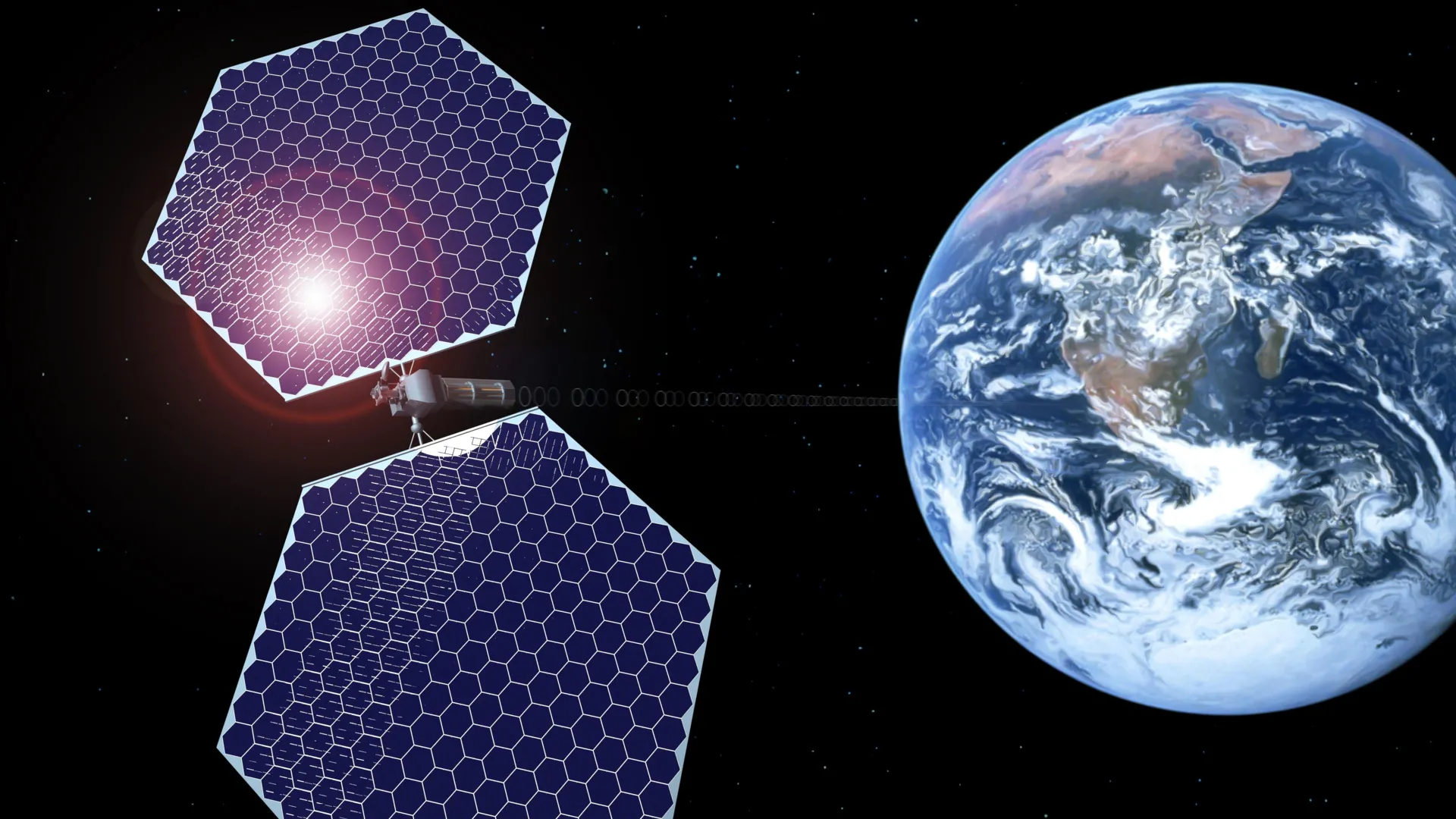Now Reading: Decade of Earth’s Weather Satellites Unveils New Findings on Venus
-
01
Decade of Earth’s Weather Satellites Unveils New Findings on Venus
Decade of Earth’s Weather Satellites Unveils New Findings on Venus

Quick Summary
- Imaging data from Japan’s Himawari-8 and -9 meteorological satellites (2015-2025) has been utilized to monitor Venus’ cloud-top temperature changes over time.
- Infrared imaging revealed patterns in thermal tides and planetary-scale waves’ temperature structure, with amplitude variations confirmed.
- The study addresses limitations of planetary missions (short lifetimes) and ground-based observations (restricted by Earth’s atmospheric conditions).
- Himawari satellites offer extended mission capacity till 2029, enabling frequent, multiband infrared coverage for unique long-term monitoring possibilities.
- Researchers established a database of 437 Venus images from the Advanced Himawari imagers (AHIs), linking variations to decadal changes in Venus’ atmosphere structure.
- Findings highlight calibration discrepancies in earlier planetary mission datasets and suggest this method could advance understanding of solar system bodies beyond Venus.
- Supported by JSPS grants, this approach may enhance monitoring techniques for objects like Mercury or the moon.
Indian Opinion Analysis
The Himawari satellite study demonstrates how leveraging existing assets like meteorological imaging technology can overcome resource constraints hindering space exploration. India’s space program might draw lessons on maximizing multipurpose use of existing satellite systems to enhance scientific output without necessitating constant investments in new missions.
This technique presents practical benefits for countries with emerging space programs by offering solutions for long-term data collection at lower costs. As India scales its interplanetary ambitions through initiatives like Shukrayaan-I, similar low-cost observational strategies could complement direct exploration efforts. For example, using weather satellites or innovative imaging methods for complementary studies on celestial phenomena may boost overall research efficiency while conserving resources.
Such advancements are particularly vital given India’s rising prominence as a key player in global space science. Collaborative opportunities with nations pursuing broader observational techniques might further strengthen strategic partnerships within the context of shared scientific objectives.

























